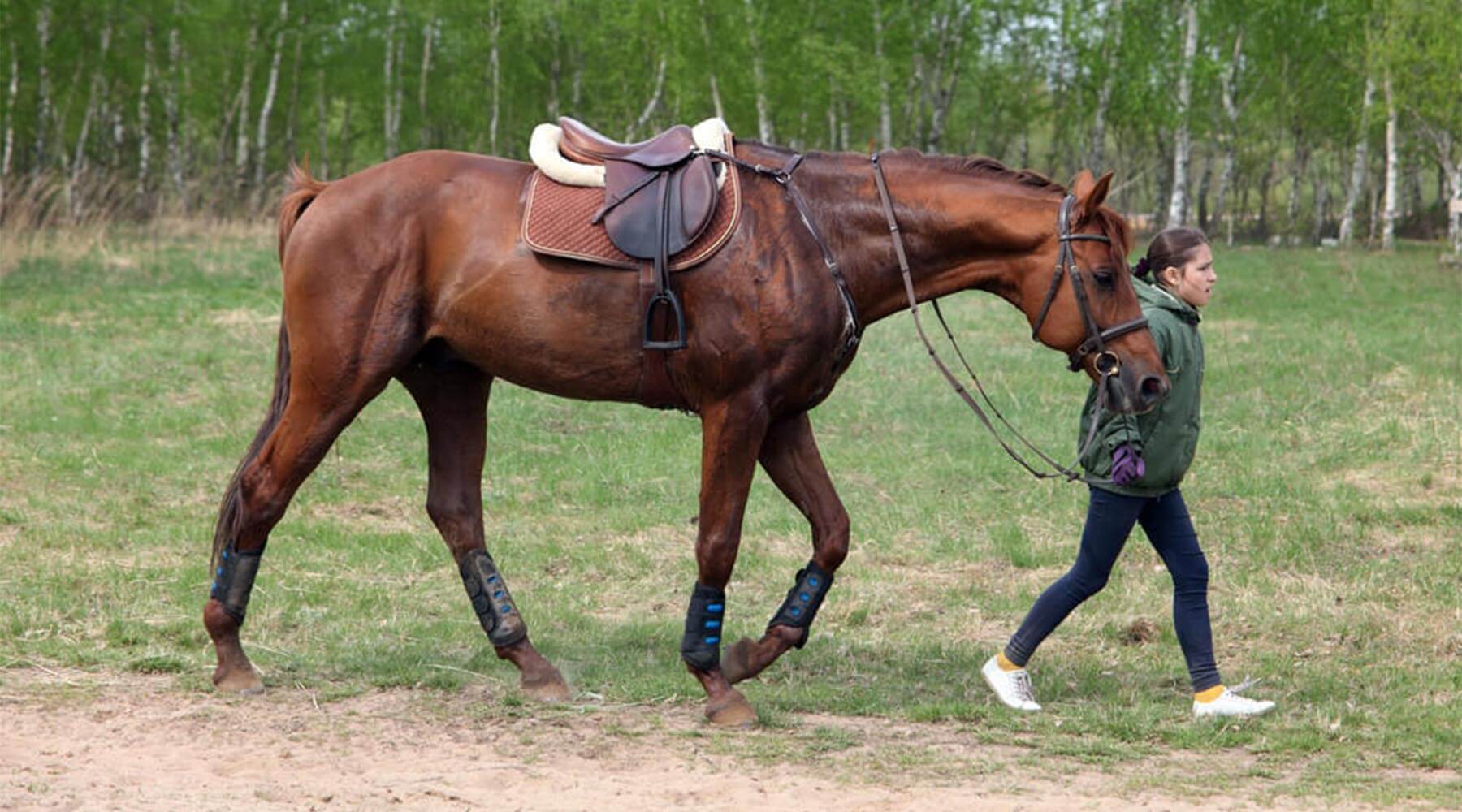
How to Teach a Horse to Lunge: Essential Tips for Beginners?
Share
Lunging a horse is a vital skill for both novice and experienced equestrians. Many ask how to teach a horse to lunge effectively. This process not only improves the horse's performance but also strengthens the bond between horse and handler. In this guide, we will break down the steps, tips, and essential techniques that will turn you into a confident horse lunging trainer.
The journey of teaching your horse to lunge starts with understanding the basics. It involves communication, patience, and consistency. Youll need the right mindset and knowledge to ensure a positive learning experience for both you and your horse.

Understanding the Basics of Lunging
Lunging is a training method used to evaluate a horse's movement and obedience on a circle. It allows the horse to develop rhythm and relaxation while moving freely forward on the lunge line.
Before diving into the steps to teach a horse to lunge, let us understand some necessary equipment you will need:
- Lunge Line: A long, sturdy rope that helps control the horse's movement.
- Gloves: Protects your hands from rope burns.
- Whip: Acts as an extension of your arm but should be used gently.
- Cue Stick: Helps guide the horse without excessive physical interaction.
Steps on How to Teach a Horse to Lunge
Step 1: Choose the Right Location
Begin in a safe, enclosed area like an arena or round pen. Ensure it is free from distractions to facilitate better focus for both yourself and your horse.
Step 2: Establish a Connection
Before using the lunge line, spend time grooming and handling your horse. This builds trust and ensures your horse is calm and receptive.
Step 3: Introduction to the Lunge Line
Attach the lunge line to your horses halter. Hold it in one hand, keeping your body relaxed but ready to communicate with your horse.
Step 4: Use Vocal Commands and Body Language
Start by using a consistent verbal cue like 'walk' or 'trot,' combined with a gentle pull on the line. Always reinforce with a positive tone when your horse responds correctly.
Step 5: Move Your Horse Forward
Step towards your horse while using your whip or cue stick to encourage movement in the desired direction. Your body language should express energy while encouraging forward motion.
Step 6: Circulate at a Steady Pace
Once your horse is moving, maintain a steady distance. Keep your position outside the circle, guiding it with your voice and the lunge line.
Maintaining Your Horse's Focus
Its crucial to keep your horse focused while lunging. Heres how:
- Use short sessions, gradually increasing duration.
- Incorporate walk, trot, and canter to maintain interest.
- End with a positive note, whether it be a treat or a gentle pat.
Common Mistakes to Avoid When Lunging
Teaching a hhorse to lunge requires practice and patience. Avoid these common pitfalls:
- Long Sessions: Overworking can lead to frustration.
- Inconsistency: Stick to your commands and body signals.
- Neglecting Warm-Up: Always warm up before lunging to prevent injury.
Health and Safety Considerations
As health-conscious pet owners, its crucial to ensure your horse is physically fit for lunging. Consider the following:
- Conduct regular veterinary check-ups.
- Monitor your horse's weight and condition.
- Ensure proper equipment is used to prevent injuries.
Enhancing Your Horse's Experience
Make lunging a positive experience for your horse. Use **positive reinforcement** and reward progress. Keeping your sessions engaging will help maintain their enthusiasm.
Additional Tips for Success
Here are some tips to enhance your lunging sessions:
- Vocal Cues: Use distinct commands for various gaits.
- Use Eye Contact: Establish a connection through direct observation.
- Be Patient: Every horse learns at their own pace. Don't rush the process.

FAQs on How to Teach a Horse to Lunge
How long does it take to teach a horse to lunge?
The duration depends on the horse's previous training and temperament, but initial lessons can take anywhere from one to several sessions over weeks.
Is lunging safe for all horses?
Generally, yes. However, its crucial to assess the horses health and fitness level before beginning any lunging routine. Consult your vet for better insights.
Can lunging improve a horse's performance?
Indeed! Lunging helps enhance balance, rhythm, and responsiveness, which are crucial for overall performance.
For more tips, you can see our articles on How to Wash a Horse and Bringing a Horse Back.
As an Amazon Associate, I earn from qualifying purchases.
